Your first thought, spend it! But how? Is it the house project you and your spouse have been discussing for the last several months? Should you pay down your credit card balance? Go on a trip? Wait, you’re excited about the refund, but in retrospect you should have adjusted your allowances so that you didn’t give the government an interest free loan over the course of the last twelve months. With that said, should you fire your accountant? Well, it’s too late now. Take a moment, and think through the best use of this money? What are your short-term priorities? How do those priorities align or even conflict with other priorities that are further down the road? Should the refund have just one focus?
Let’s first sort through what we need to consider. Is this refund enough to actually complete the house project or will you actually have to put the remaining balance of the project on a credit card? Do you have your three to six months of savings in your emergency fund? What are the interest rates of your current credit cards? What is the current state of the market? Are you comfortable with market risk if you were to invest your refund? How secure is your current career? How variable is your current income? These are significant questions and require more diligence than, quickly hiring the contractor to install heated floors in that master bathroom. Give some intentional thought to this prior to your refund arriving in your bank account. Meet with a Certified Financial Planner to not only consult about what to do with your tax refund, but also your current planning situation and existing investment accounts and risk management plan.
Prior to the receipt of your tax refund, create a pie chart, sort through your most important priorities and time frames, then allocate accordingly, without heavily weighting one priority over the next. Make your refund go further. Start with savings, then, make a larger credit card payment than the monthly minimum if a balance exists, assuming the interest is in the teens. Tuck a portion into the stock market. If you anticipate needing or wanting the money prior to retirement, establish or contribute a portion of the refund to a non-retirement investment account. Only after taking these steps should you allocate funds to a home project. Why? You have now considered long-term planning first, then addressed short term priorities. Life happens, homes need upgrades, and travel is always an option. These plans will ALWAYS be available and present. Retirement and long-term planning will not happen, if you don’t plan now. Meet with a Certified Financial Planner to sort through what to do with your tax refund. Finally, discuss this with your CPA in preparation for next year’s taxes to sort through how you can limit the refund and have more cash available over the course of the year.

